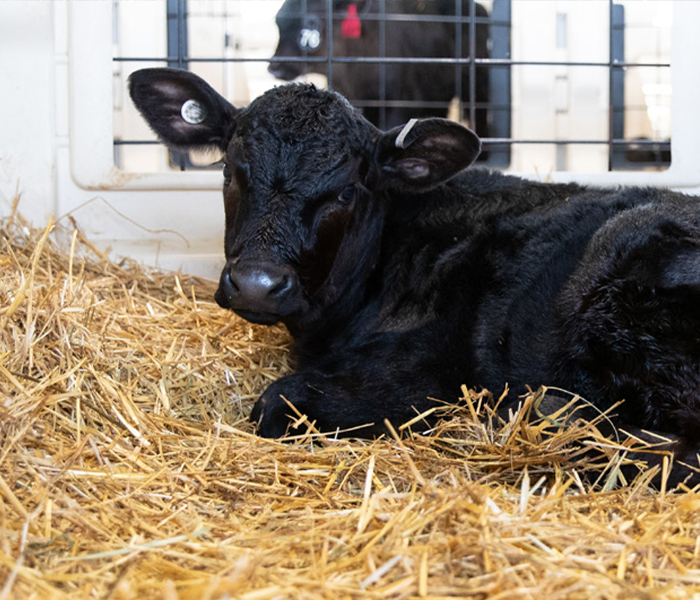Premier DBX Program
Last September I wrote about the grading standards in the dairy-beef cross industry, with a particular focus on one key area we’re working to improve: liver abscesses. Liver abscesses are a serious issue, as they often lead to carcass condemnation and represent a significant economic loss, costing the U.S. beef industry an estimated $409 million annually.
I recently attended Central Plains Nutrition Moo University and listened to Dr. Dahlke discuss research at Iowa State University evaluating the effect of early-stage diet manipulation on performance and carcass characteristics of dairy beef cross steers. I will highlight their research and findings for you here.
The study was conducted using 120 day-old dairy beef cross steers assigned to four different feeding regimens:
- High starch starter (60 d), high starch pellet (60 d)
- High starch starter (60 d), forage based TMR (60 d)
- Low Starch starter (60 d), high starch pellet (60 d)
- Low starch starter (60 d), forage based TMR (60 d)
Calves were all on milk and weaned at an industry average of 60 days. Following their experimental diets, all cattle were fed a common grower TMR (140d) and transitioned to a finishing diet (200d).
During finishing there were no remarkable differences in performance. However, the low starch/TMR group (4) had a modified growth curve in comparison to other diet types with a continual increase in intake and weight gain while others began to slow down.
So, we need to ask the question, why did these cattle continue to increase intake? Perhaps a response to starch modification and health of the rumen? Harvest data found minimal differences in quality grade and yield grade but numerically heavier carcasses for the low starch/TMR (4) fed cattle.
The biggest take-home message in this study was the difference in liver abscesses by diet strategy. Across all diets, 19% of livers had an abscess which was well below the industry average for dairy beef crosses. The group fed high starch starter/TMR (2) had incidence of liver abscesses greater than 30%, in contrast to the low starch/ TMR group having less than 5% abscesses.
Interestingly, it was noted the cattle fed a high starch starter/ high starch pellet (1) had the highest number of condemned rumens (19%) while the low starch/TMR (4) had the lowest (4%). Overall, the low starch/ TMR group (4) had an average of 20% reduction in liver abscess and rumen condemnation. This had resulted in the greatest economic return on carcass values for steers raised with that diet strategy.
An old-time adage in the cattle industry has been ‘cattle never get over a bad start’. Our focus at Premier Cooperative is to provide strategies that benefit the long-term health and performance of livestock from day one. Feel free to contact myself or our nutrition team to discuss the Premier DBX Program.
As you are reading this, we have turned the calendar from May to June, and how fitting it is that they pair together as National Beef Month and National Dairy Month. So grab a steak, enjoy some ice cream and thank you for all that you do!





